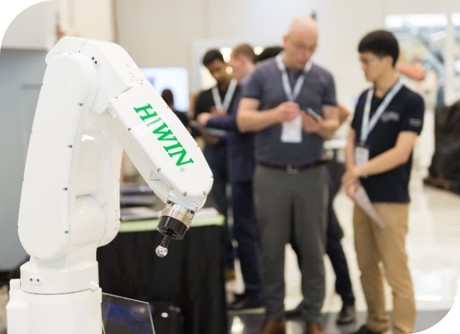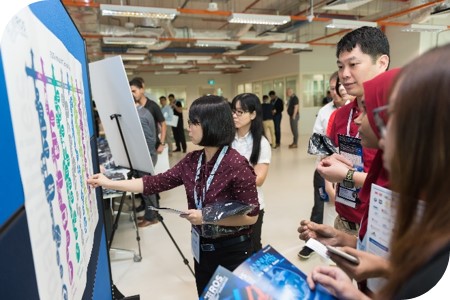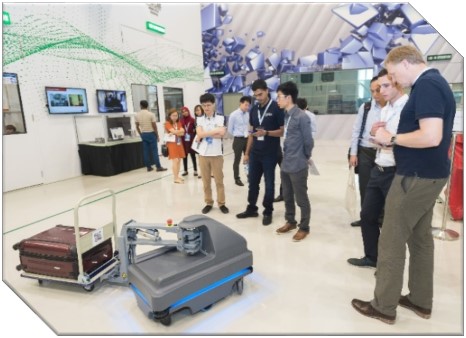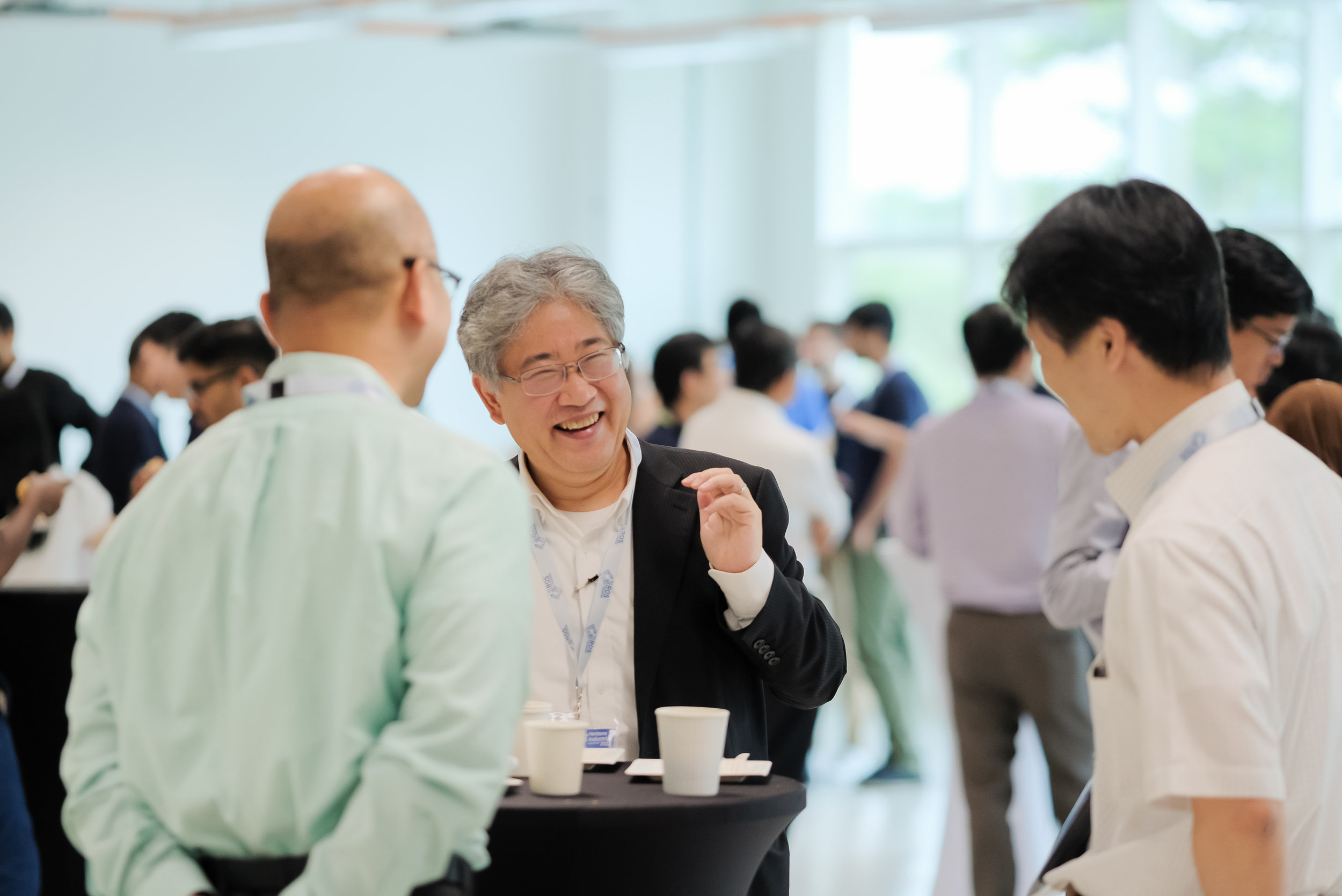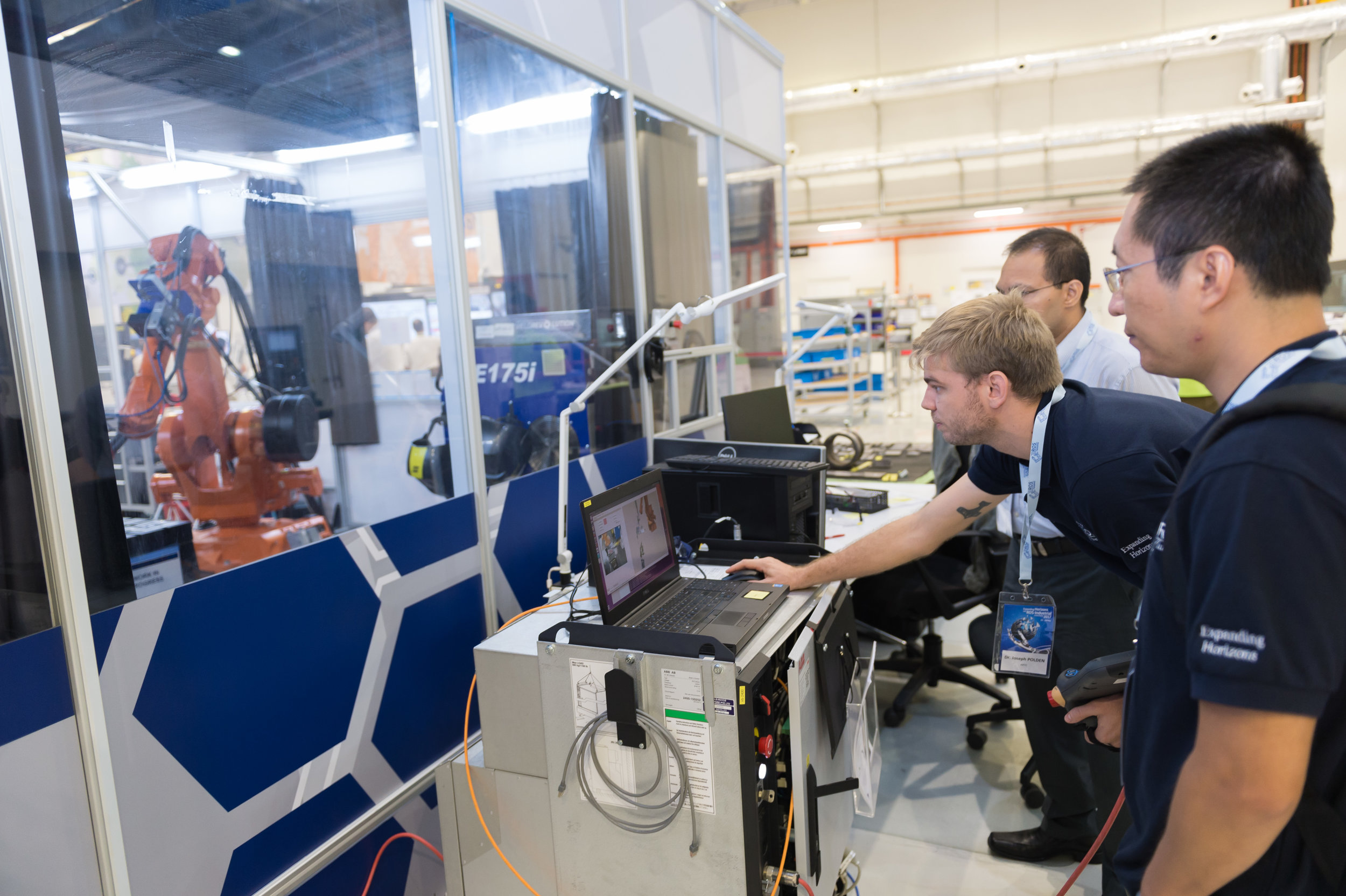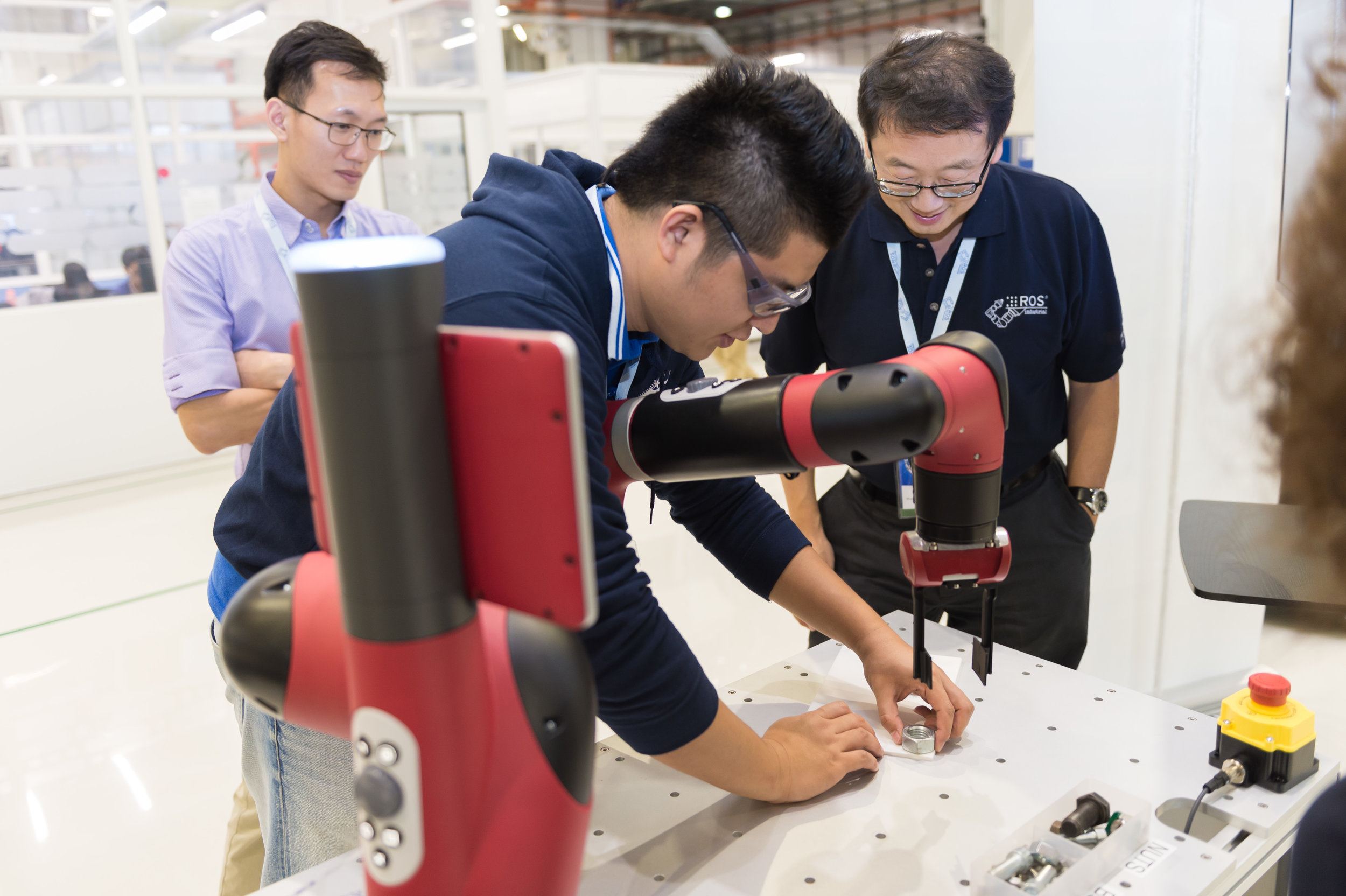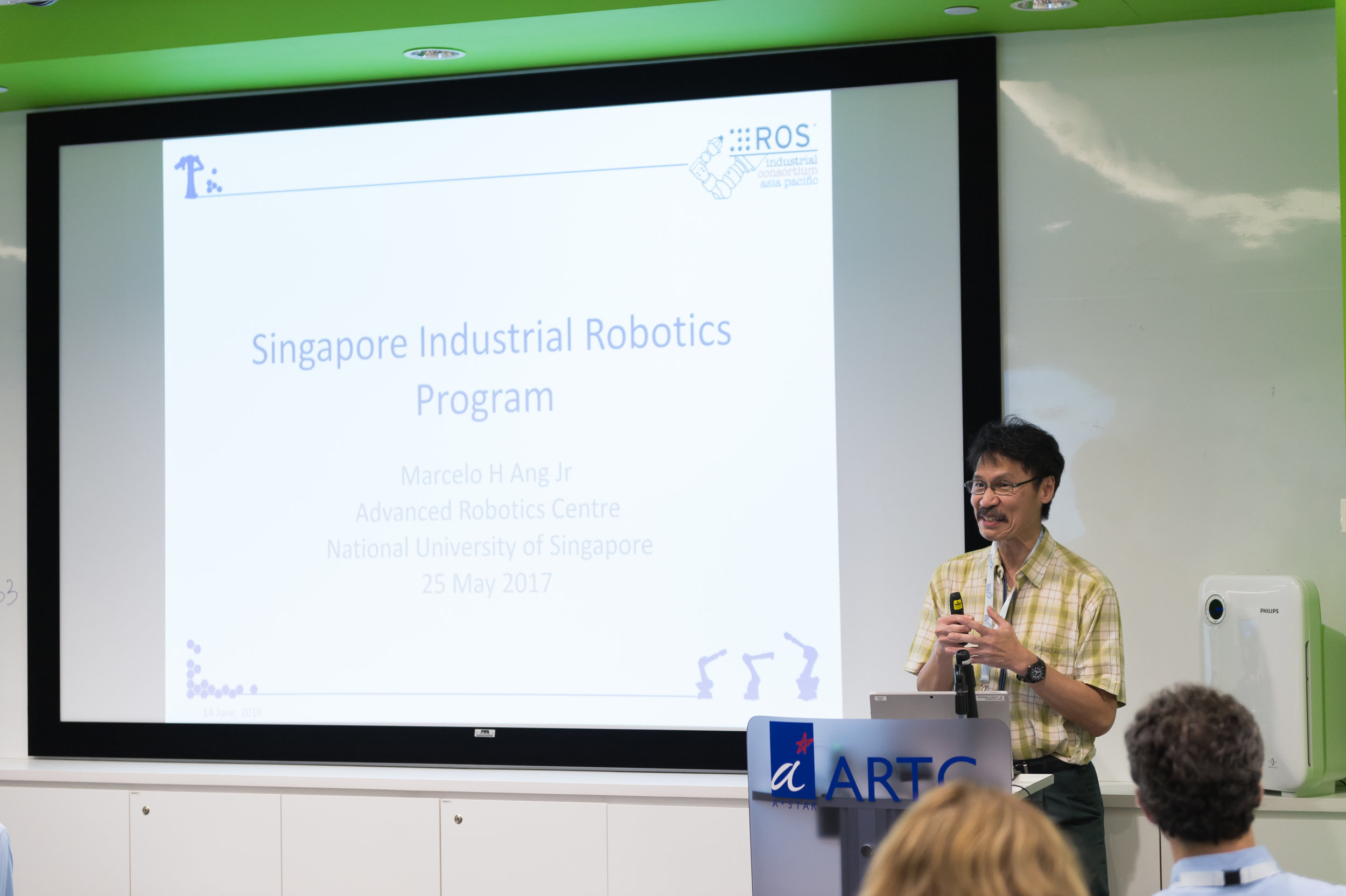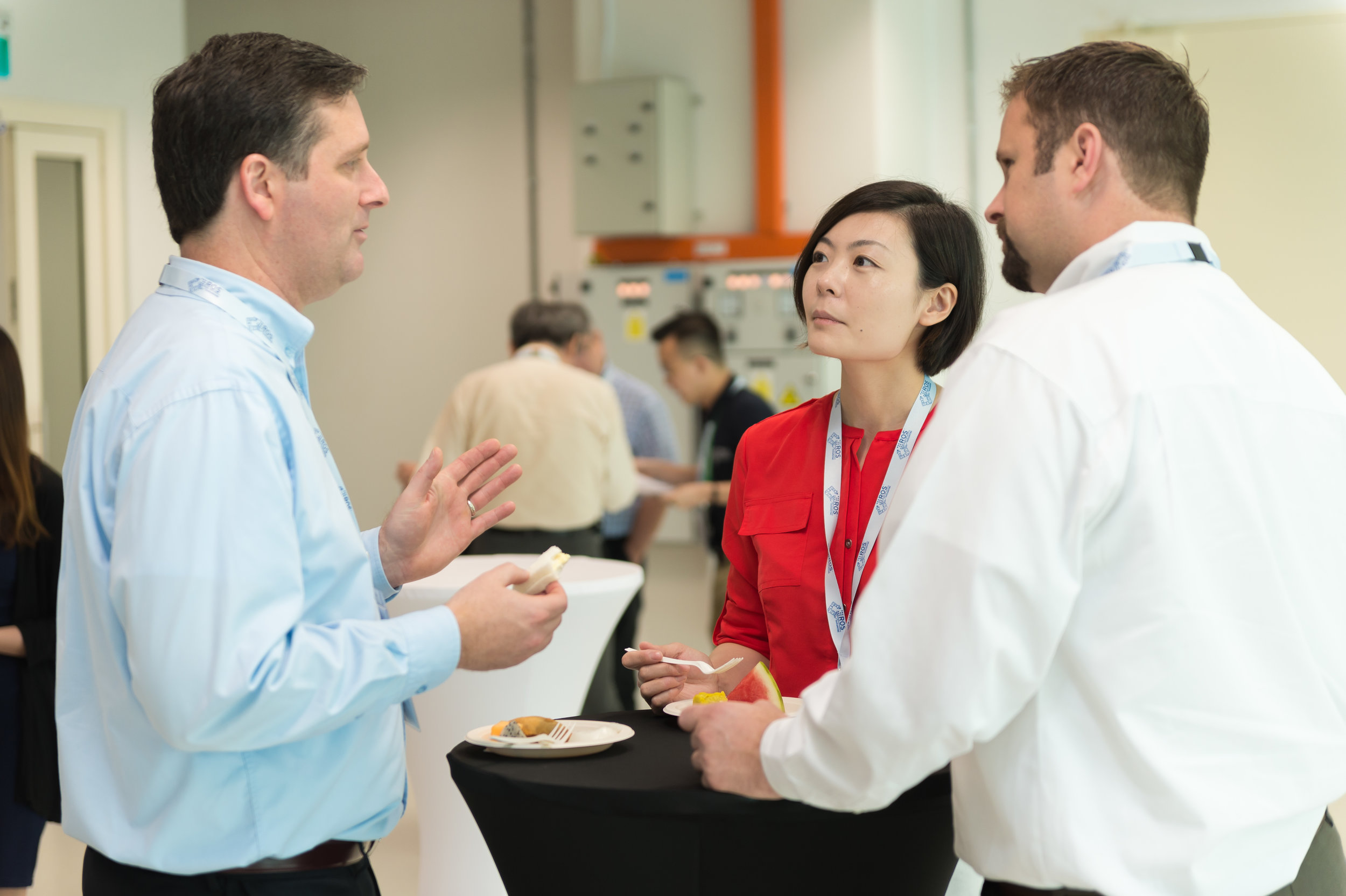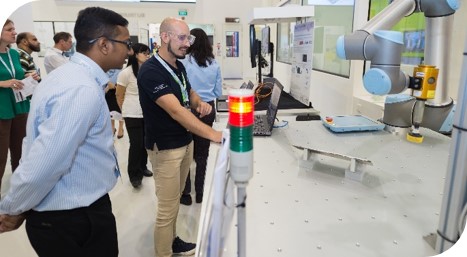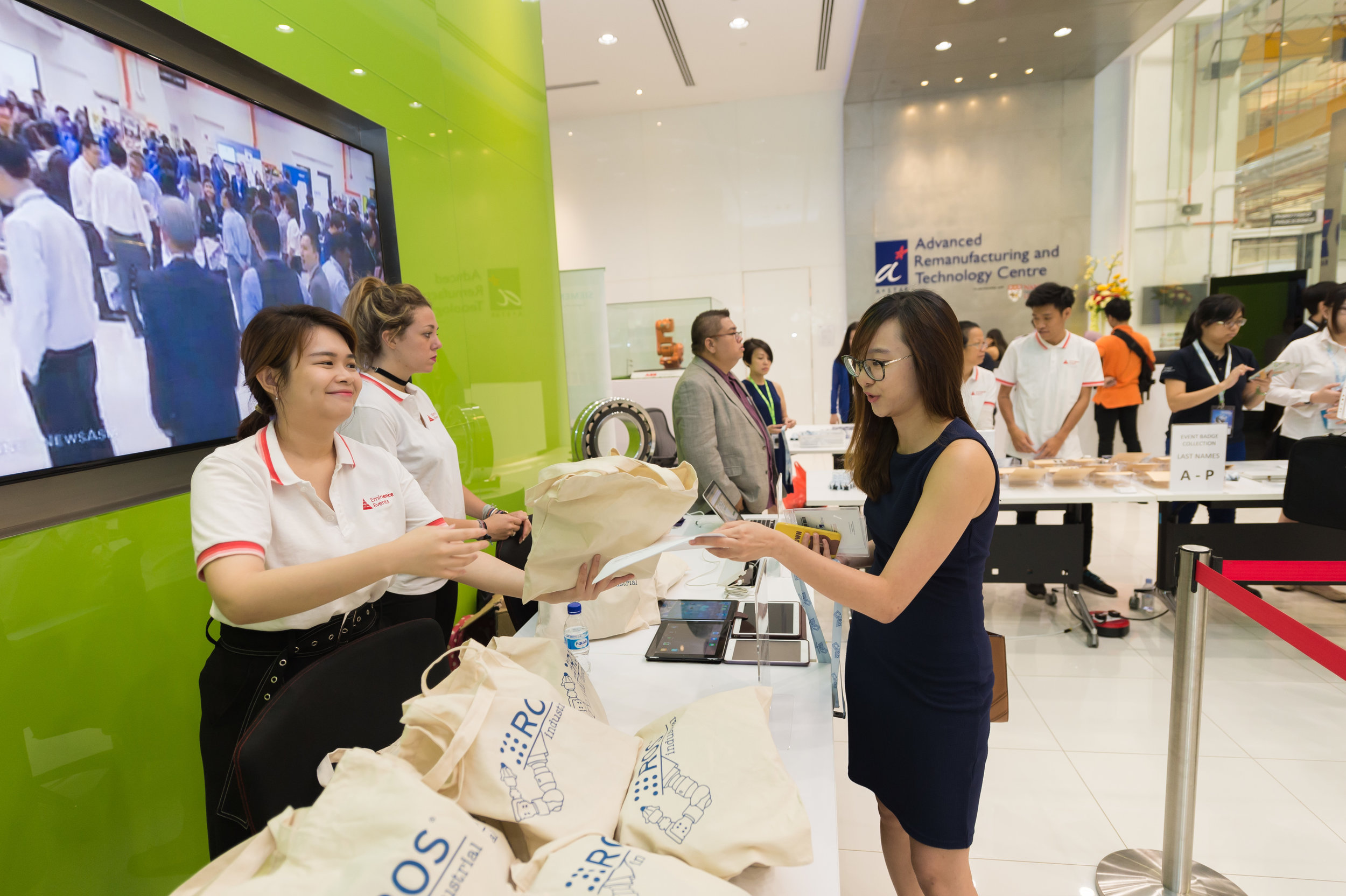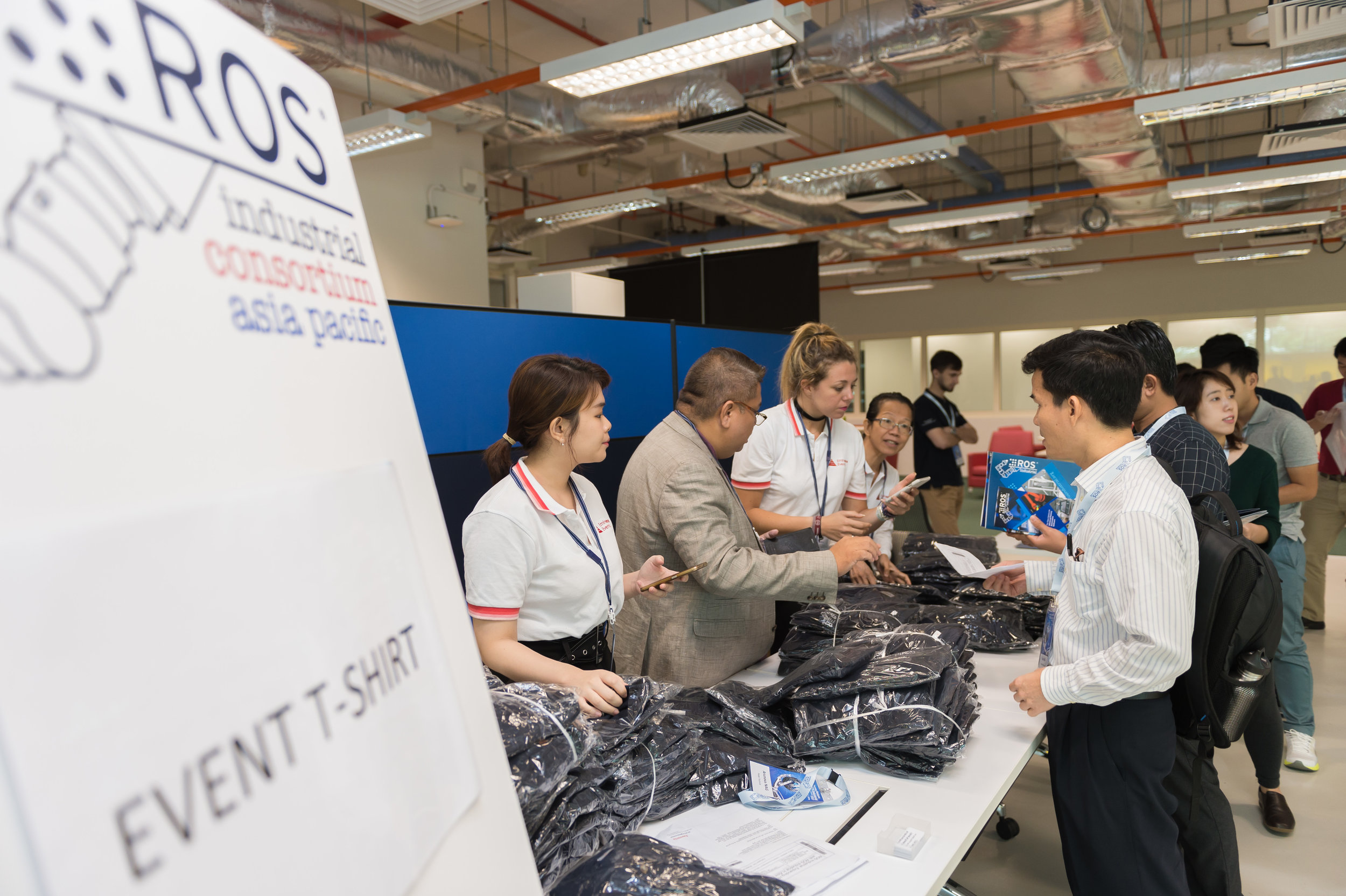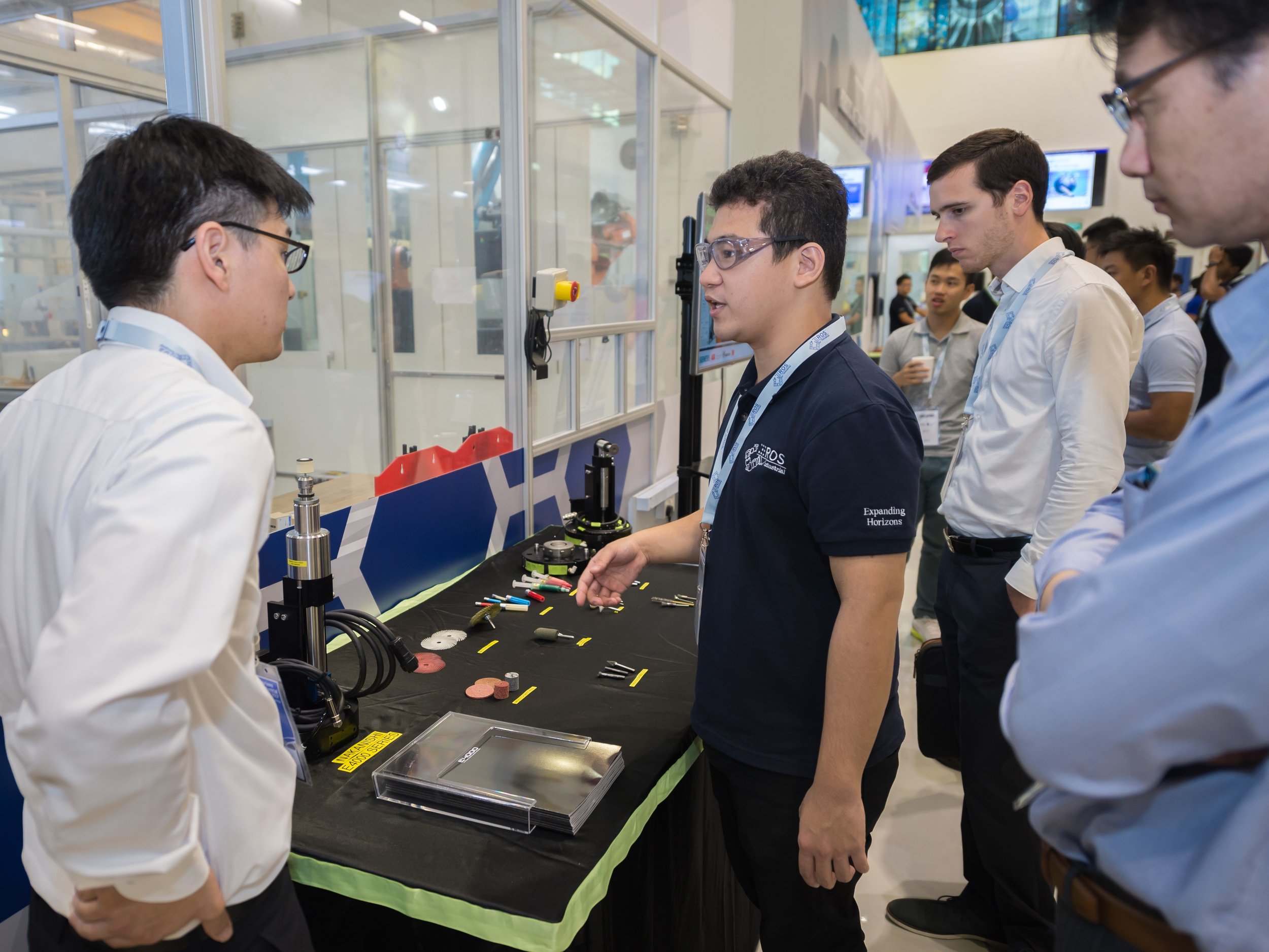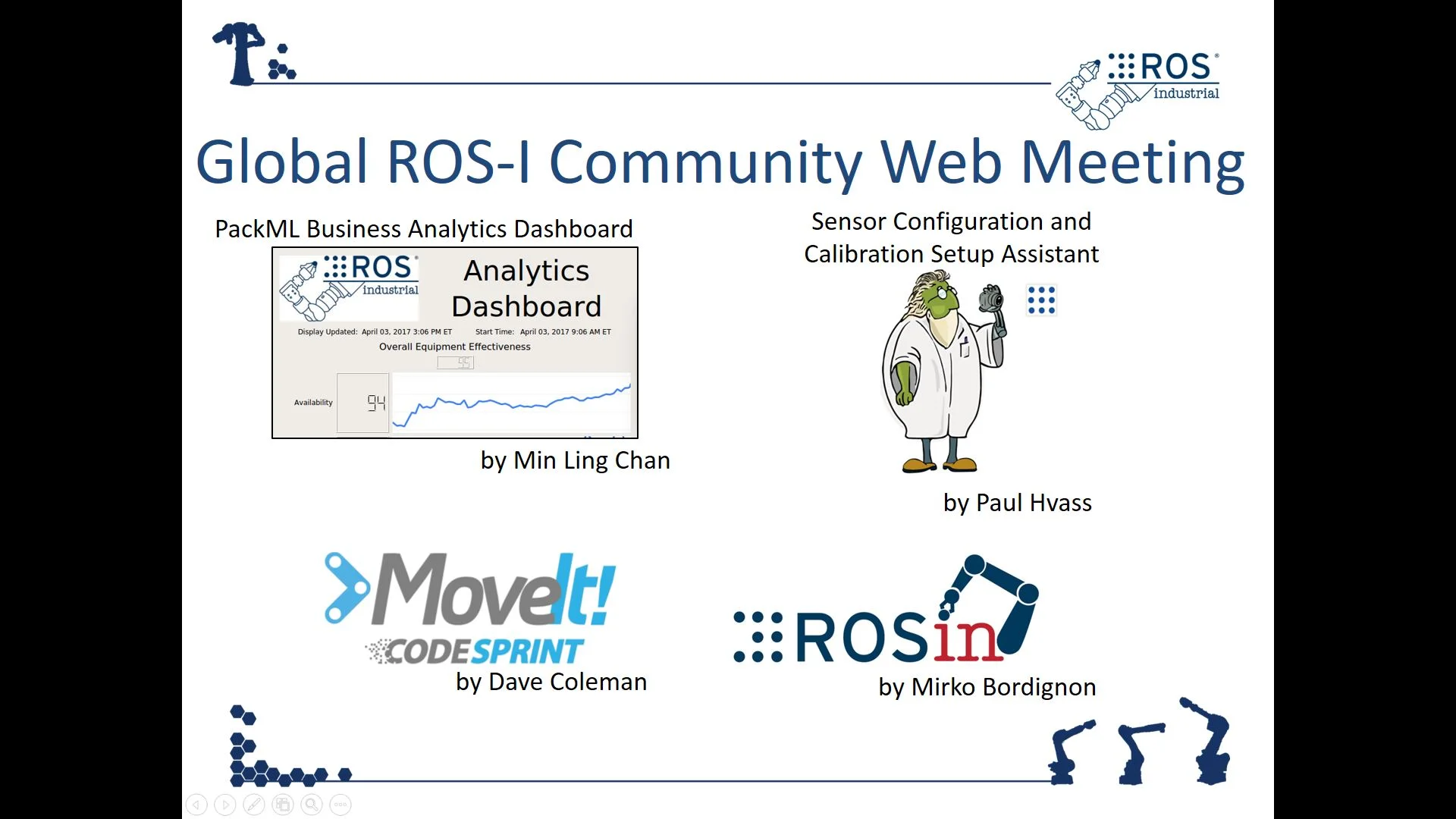Last month, in an email blast to the community, we shared the exciting news that Matt Robinson will be joining SwRI to lead the ROS-Industrial Americas open source program as Paul Hvass moves on to a new startup company. Matt has a passion for ROS-Industrial and a vision for how to address a variety of advanced manufacturing topics and technologies. I recently visited with Matt and want to share some of the highlights, via a question and answer format.
Q: When did you first become interested in a career in advanced manufacturing and robotics?
A: During a facility launch project during my time at Caterpillar, we had the chance to introduce automation into this new plant. There were challenges around high mix, variation management, and quality expectations that seemed difficult to manage the costs using a manual process, but certainly hills to climb with automation. The automation that was implemented definitely enabled us to realize our goals, but it dawned on me there was a lot left to be desired when it comes to capability and getting these solutions to perform as desired in an efficient manner. This began a journey for me, to not just seek to implement and leverage automated solutions, but to continuously push the envelope on capability.
Q: What value did you see in the ROS-Industrial open source program that drew you to explore using it for real-world manufacturing applications?
A: The extensibility and capability. Leveraging perception to drive process and build on that intelligence to execute and manage processes. Scan-N-Plan is a great example of capability that is driving the opportunity to process in a new and exciting way.
The extensibility is key in both the make of the robot that can be utilized as well as the vintage. For some companies, where every brand can occur at a site, and at times they can be a few generations old, this is key in realizing maximum value out of existing assets.
Q: As you reflect on the progress of ROS-Industrial over the course of the past five years, what are two or three of the core components of the program that you believe have had the most impact for industry?
A: The ability to deliver more advanced capability over traditional industrial hardware. This may be trivial, but when you can leverage something that is familiar to do something novel, that goes a long way into building acceptance and confidence. Another component that is impactful, in my view, is the industry roadmapping approach to the program. This is key to build around the core problems of industry and then allow technology development to evolve around these core challenges. This sets a sustainable path and enables prioritization to ensure solutions are developed that are meaningful and have a chance to be adopted and matured through vetting in real factory conditions.
Q: The ROS-Industrial Consortium is now global and 50 members strong. Can you share some thoughts about where you would like to see the ROS-Industrial Consortium Americas accomplish next?
A: The diversity of the Consortium is exciting and a true asset to its health. I would like to see more integrators become engaged and excited to pull the capabilities into their solution sets. Ideally this becomes a vehicle to refine further solutions and provide a more direct service model for deployed solutions. I’m curious to collect more feedback from these deployers to our industry end-users to understand more about their concerns, road blocks, and needs.
I also would like to think more about how we prove industry ready. The blending milestones have been interesting in this regard, having been involved in two of the Blending Focused Technical Projects. The feedback from the integrator regarding the readiness for use in one of their delivered solutions was eye opening, and it drives a lot of thought around how can we ensure capabilities are as ready as can be, to be adopted, molded, and essentially “ready for deployment.” This is a key challenge that I’m personally excited to work on developing.
Thank you, Matt, for your Q&A. We are excited about the next leg of our journey.
Once Matt is fully settled in his new role, he plans on posting a note to the community with his contact information and some highlights of upcoming events. We are excited to have Matt join Mirko Bordignon (ROS-I Europe) and Min Ling Chan (ROS-I Asia Pacific) on the leadership team. We value his strong manufacturing roots and his commitment to keep the initiative focused on capabilities, tools, and applications that will be strategic for industry adoption.
If you have any questions regarding this blog post you may contact Paul Evans at paul.evans <at> swri.org.









